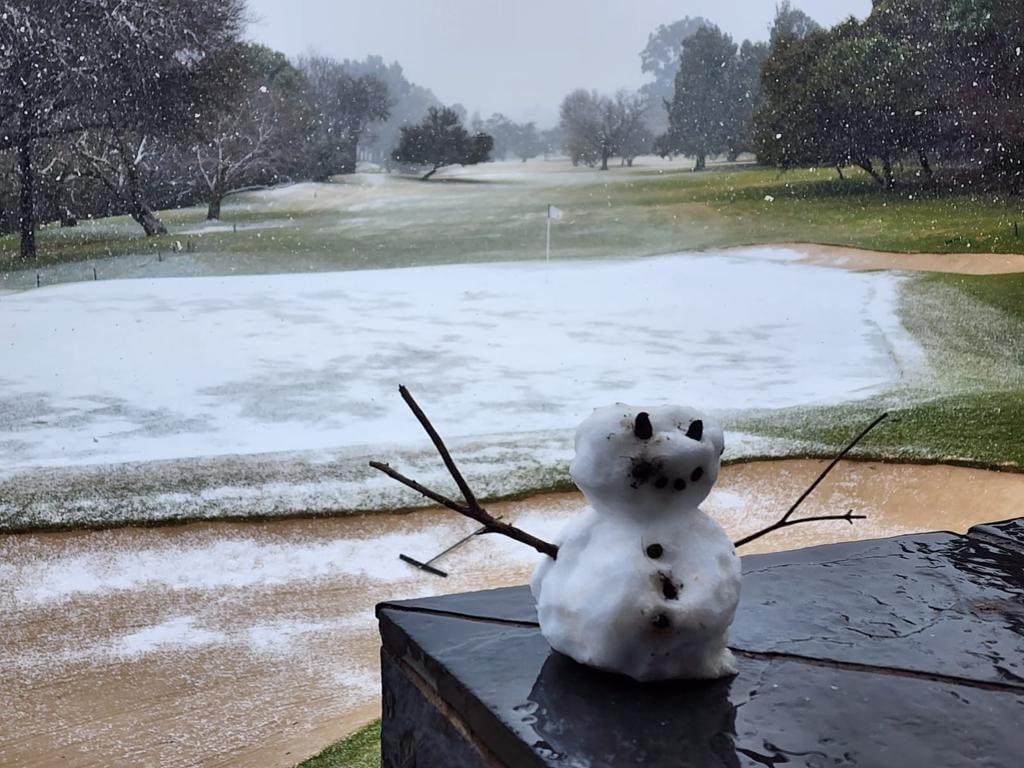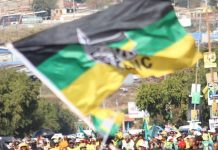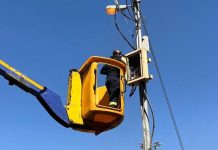Africa-Press – South-Africa. In scenes reminiscent of cheerful and cheesy Hollywood festive season movies, residents of Johannesburg, Mpumalanga, KwaZulu-Natal and the Eastern Cape frolicked among the snowflakes which flittered down from the sky unexpectedly on Monday.
Adults took snow selfies, children built mini-snowmen and one golfer even took to the course despite a white blanket across the greens.
It was a day many will remember for the rest of their lives, as the usually dry, drab Highveld plateau was covered with frosty snow.
On Monday, the south and central parts of Johannesburg woke up to a light dusting of snow, and as temperatures reached around 3°C, the snow thickened and spread from the southern to the northern suburbs.
Throughout the morning and into the afternoon, the flakes danced in the wind, then fell, thinned out, and danced again as the pressure system cycled around the metro.
At midmorning, students at the University of Witwatersrand were caught on the campus webcam making snow angels in front of the Great Hall.
In Alberton, the snow was thick, piling up on the bonnets of cars driving in Brackenhurst and Meyersdal.
It came down hard in Sandton, pelting shoppers who took a break from spending at Sandton City.
Soweto, Roodepoort, Heidelberg and Vosloorus all woke up to white lawns. And it came down from around 08:30 in Randburg, lasting until the early afternoon.
Gauteng Metrorail passengers were also affected as the cold shut down most train networks.
South African Weather Service (SAWS) forecaster Wayne Venter said the conditions were right for snow on Monday, but Johannesburg would not see a second snow day.
He added there had now been 19 “proper snow days” in Johannesburg since 1909.
Of these dates, Pretoria also experienced snow in June 1968 and August 2012.
But on those days, Venter said Johannesburg experienced more snow than Pretoria because of the city’s altitude compared to that of the administrative capital.
He noted the snow days seemed to come in groupings every 10 or so years.
But Venter cautioned there was not enough evidence to show a pattern.
Scientists still do not know what exactly caused snow to fall in Johannesburg.
According to Venter, there was not enough evidence, but theories included the La Niña weather pattern.
The La Niña pattern sees cooler sea surface temperatures in the Pacific Ocean off the east of South Africa. This brings more rain to the country than usual.
Professor Jennifer Fitchett from the School of Geography, Archaeology and Environmental Studies at Wits said there needed to be precipitation for snow to fall.
When it reaches temperatures just above 0°C, this water vapour freezes into tiny ice crystals in the clouds and sticks together to form a flake.
Once the flake is heavy enough, like with rain, it will fall to the ground.
“It’s certainly unusual (snow in Johannesburg), but not unprecedented,” Fitchett added.
Meanwhile, disgruntled Gauteng residents who missed out on the snow have taken their grievances to the Office of the Public Protector.
Tshwane spokesperson Selby Bokaba tweeted the Public Protector, asking why they were being discriminated against.
“Why is the snow discrimination in Gauteng? Joburgers are gloating here about snow, and there’s none in the capital city. I’m going to lodge a complaint with the Public Protector to investigate this matter thoroughly.”
Joining the joyful spirit of the tweet, the Office of the Public Protector responded: “Unfortunately, our mandate does not cover investigating issues of snowfall or alleged discrimination therein. However, we are also concerned, and as a result, will certainly look into it.”
For More News And Analysis About South-Africa Follow Africa-Press






